- Description
-
Details
India, a diverse and populous country, has been making significant strides in the field of education, and technology is playing a pivotal role in this transformation. The adoption of smart class equipment has revolutionized traditional classrooms into dynamic digital learning spaces. In this article, we will delve into the concept of smart class equipment in India, exploring its various aspects and the impact it has on education.
I. The Concept of Smart Class Equipment
Smart class equipment refers to a comprehensive set of technology tools and resources designed to enhance the teaching and learning experience. These tools are integrated into classrooms to facilitate interactive and engaging learning, making education more accessible, effective, and enjoyable.
II. Components of Smart Class Equipment
-
Interactive Whiteboards: Interactive whiteboards or smart boards serve as the focal point of smart classrooms. These large touch-sensitive displays enable teachers to present content, annotate lessons, and engage students interactively.
-
Digital Content: Smart classrooms are equipped with a wealth of digital content, including multimedia resources, e-books, interactive simulations, and video lectures. This content supplements traditional textbooks, making learning more engaging and diverse.
-
Audio-Visual Systems: High-quality audio systems and projectors ensure that students can hear and see the instructional content clearly. This is particularly important in larger classrooms.
-
Computers and Tablets: Students and teachers use computers and tablets to access digital resources, run educational software, and conduct research, promoting active participation and collaboration.
-
Internet Connectivity: Reliable internet access allows real-time access to online resources, research, and collaboration with peers and experts worldwide.
-
Document Cameras: Document cameras capture and project physical documents or objects onto the screen, facilitating real-time visual explanations and demonstrations.
III. Advantages of Smart Class Equipment in India
-
Enhanced Learning Experience: Smart class equipment transforms passive learning into an interactive and engaging experience. Students are more actively involved in lessons, leading to improved understanding and retention of information.
-
Access to Digital Resources: The wealth of digital content available in smart classrooms provides students with access to the latest information, promoting research skills and keeping them updated with current events and developments.
-
Teacher Empowerment: Educators have access to a variety of teaching tools and resources that enhance their ability to explain complex concepts effectively. This leads to more dynamic and innovative teaching methods.
-
Customized Learning: Smart class equipment can adapt to individual learning styles and paces. Adaptive learning platforms provide tailored content and assessments, ensuring that no student is left behind.
-
Real-time Assessment: Teachers can use digital tools for real-time assessment and feedback. This allows for immediate identification of areas where students may be struggling, enabling timely intervention.
-
Global Connectivity: Smart classrooms facilitate virtual guest lectures, international collaborations, and connections with experts from around the world, expanding students' horizons and global awareness.
-
Environmental Benefits: The transition to digital reduces the need for paper and printed materials, contributing to a more eco-friendly learning environment.
IV. Adoption of Smart Class Equipment in India
India has been progressively embracing smart class equipment in both urban and rural educational institutions. Several factors have contributed to its adoption:
-
Government Initiatives: Government-led initiatives, such as the Digital India campaign and various state-level programs, have encouraged the integration of technology in education.
-
Private Investment: Private educational institutions and ed-tech companies have played a significant role in introducing and promoting smart class equipment.
-
Improved Infrastructure: Expanding internet connectivity and access to electricity in rural areas has made it feasible to implement smart class equipment in previously underserved regions.
-
Awareness and Demand: Parents and educators recognize the advantages of technology-enhanced learning and are increasingly demanding modern educational tools.
V. Challenges and Considerations
While the adoption of smart class equipment in India has been promising, there are challenges that need to be addressed:
-
Infrastructure Costs: The initial setup costs for smart class equipment can be high, making it a challenge for resource-constrained institutions.
-
Teacher Training: Educators need proper training to effectively integrate technology into their teaching methods. Continuous professional development is essential.
-
Content Localization: Ensuring that digital content is relevant and culturally sensitive to India's diverse population is crucial.
-
Maintenance and Upkeep: Ongoing maintenance, repairs, and updates are necessary to ensure the sustained functionality of technology.
-
Digital Divide: Not all students have equal access to technology outside of school, potentially exacerbating educational inequalities.
VI. Future of Smart Class Equipment in India
The future of education in India is intrinsically linked to technology, and smart class equipment will continue to evolve:
-
Artificial Intelligence (AI): AI-driven tools will provide personalized learning experiences, identify learning gaps, and offer targeted interventions.
-
Augmented Reality (AR) and Virtual Reality (VR): AR and VR will offer immersive learning experiences, enabling students to explore subjects in depth.
-
Internet of Things (IoT): Smart class equipment will be enhanced with IoT devices, allowing real-time data collection and analysis to improve teaching and administrative processes.
-
Localization and Multilingual Support: To cater to India's linguistic diversity, more content will be localized, and multilingual support will be integrated into smart class equipment.
Conclusion
Smart class equipment has emerged as a transformative force in the Indian education landscape. By integrating technology into classrooms, educators are creating dynamic and engaging learning environments that cater to individual student needs. The advantages of smart class equipment, from interactive learning to global connectivity, make it a valuable investment in the future of education in India.
While challenges exist, the potential for improved student outcomes, a more inclusive learning experience, and a technologically empowered workforce is well worth the effort of implementing and maintaining smart class equipment. As technology continues to advance, so too will the opportunities for enhancing education in India's digital classrooms.
Smart Classroom Images
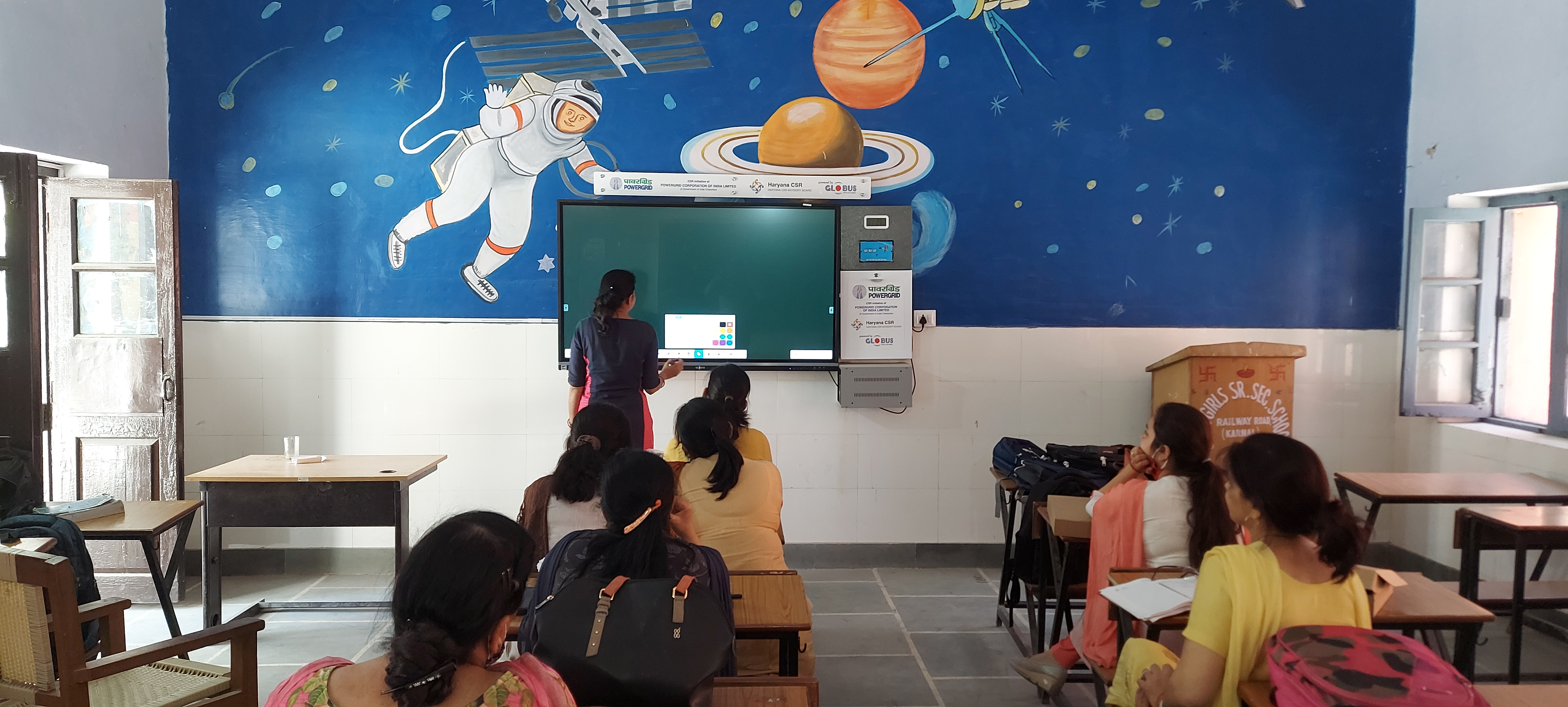
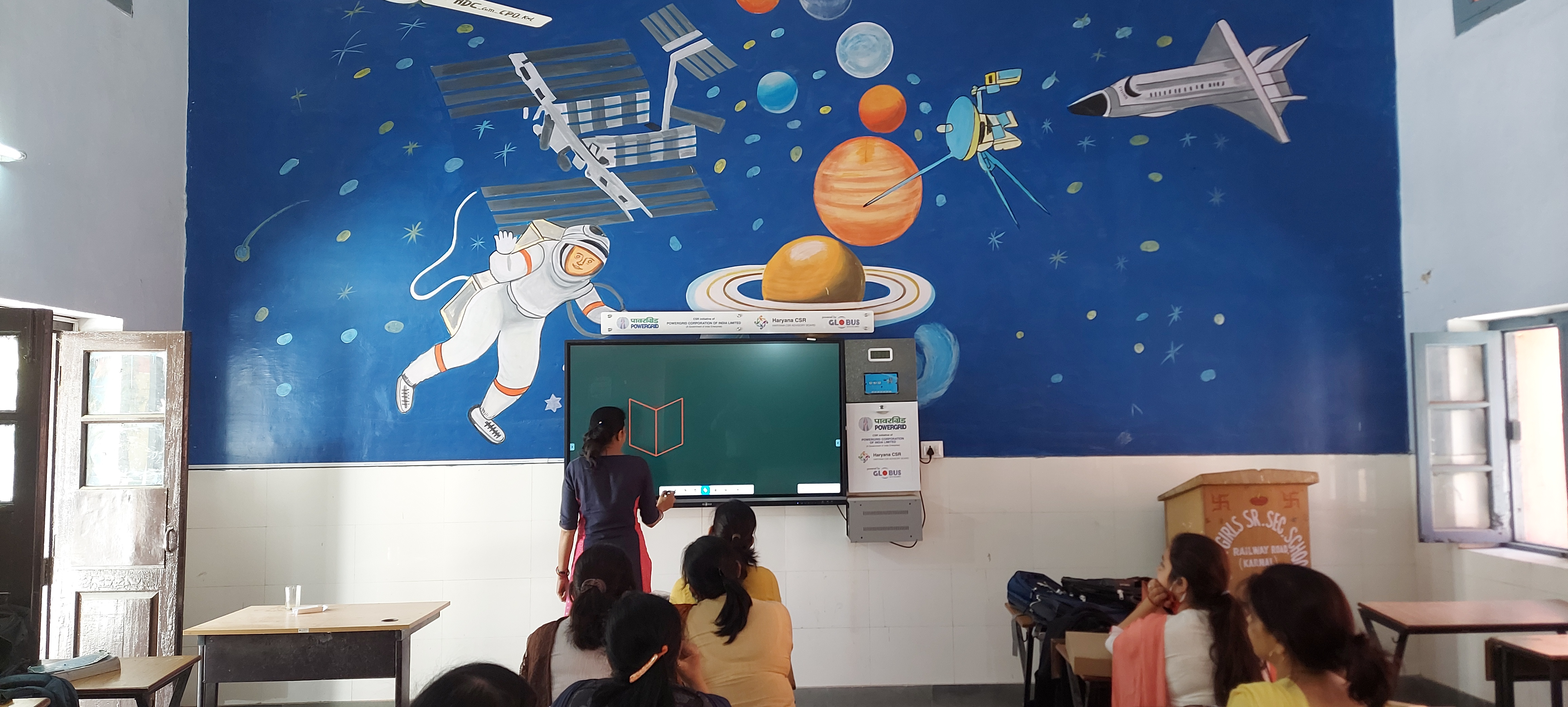
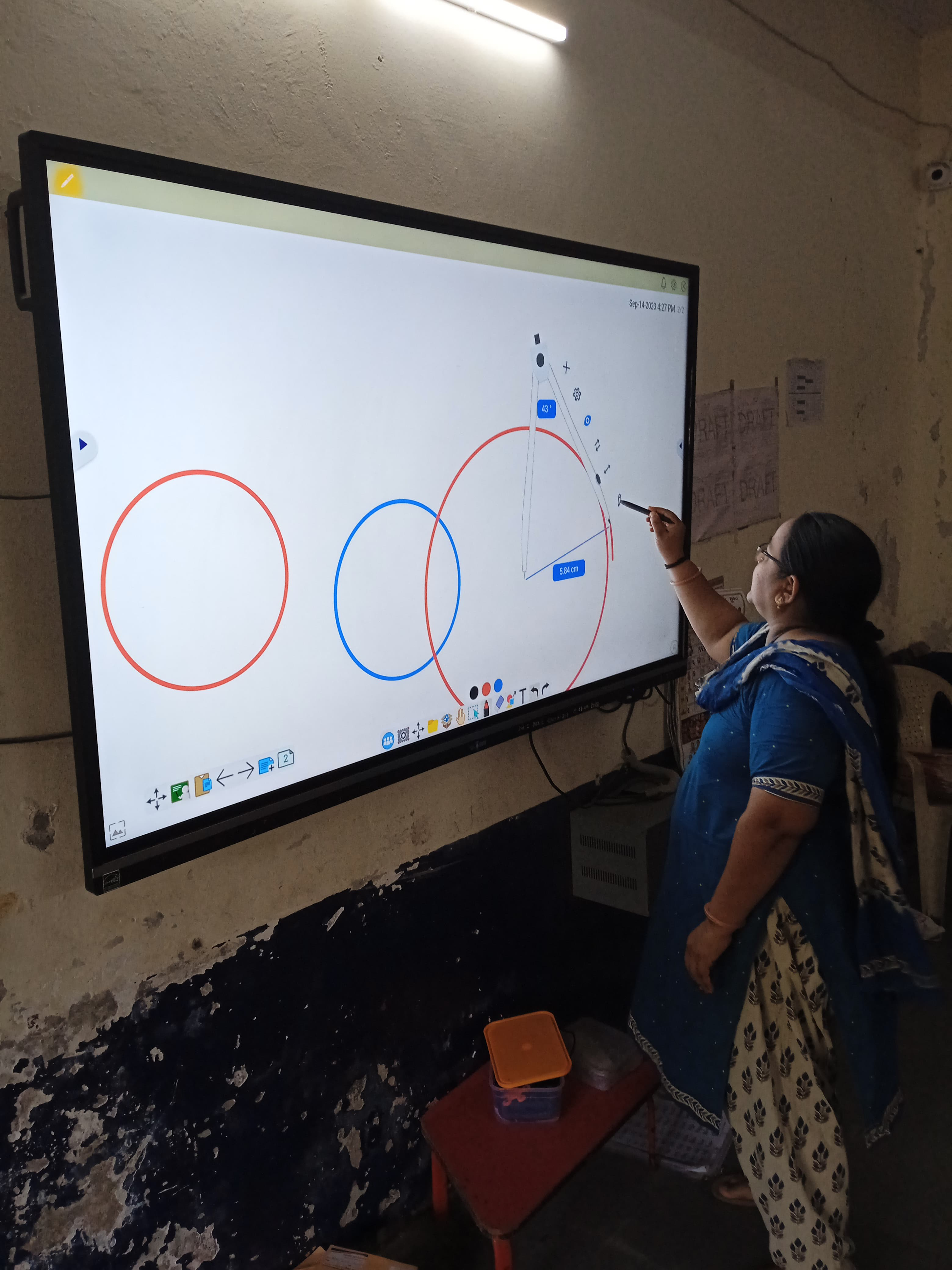
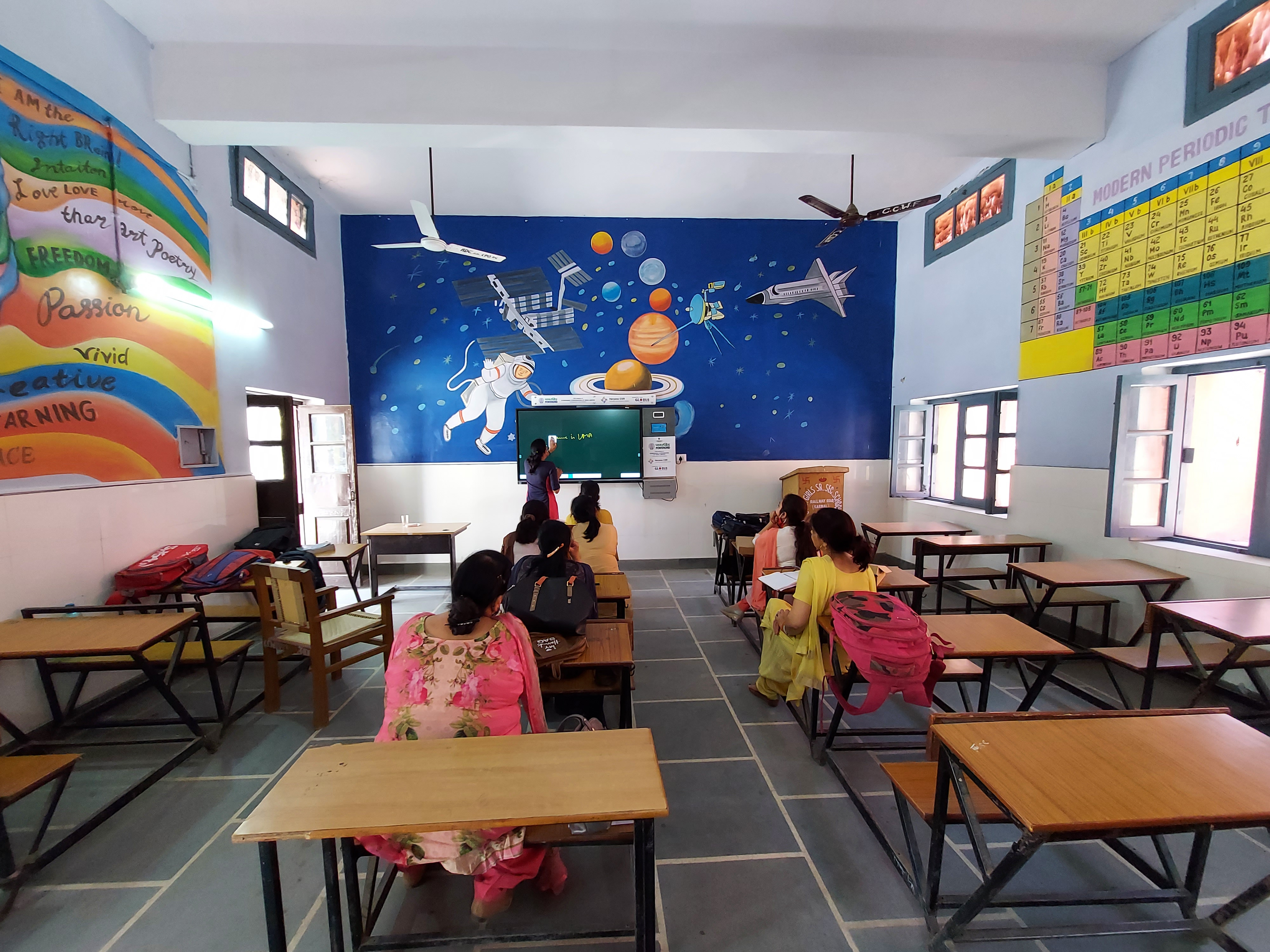
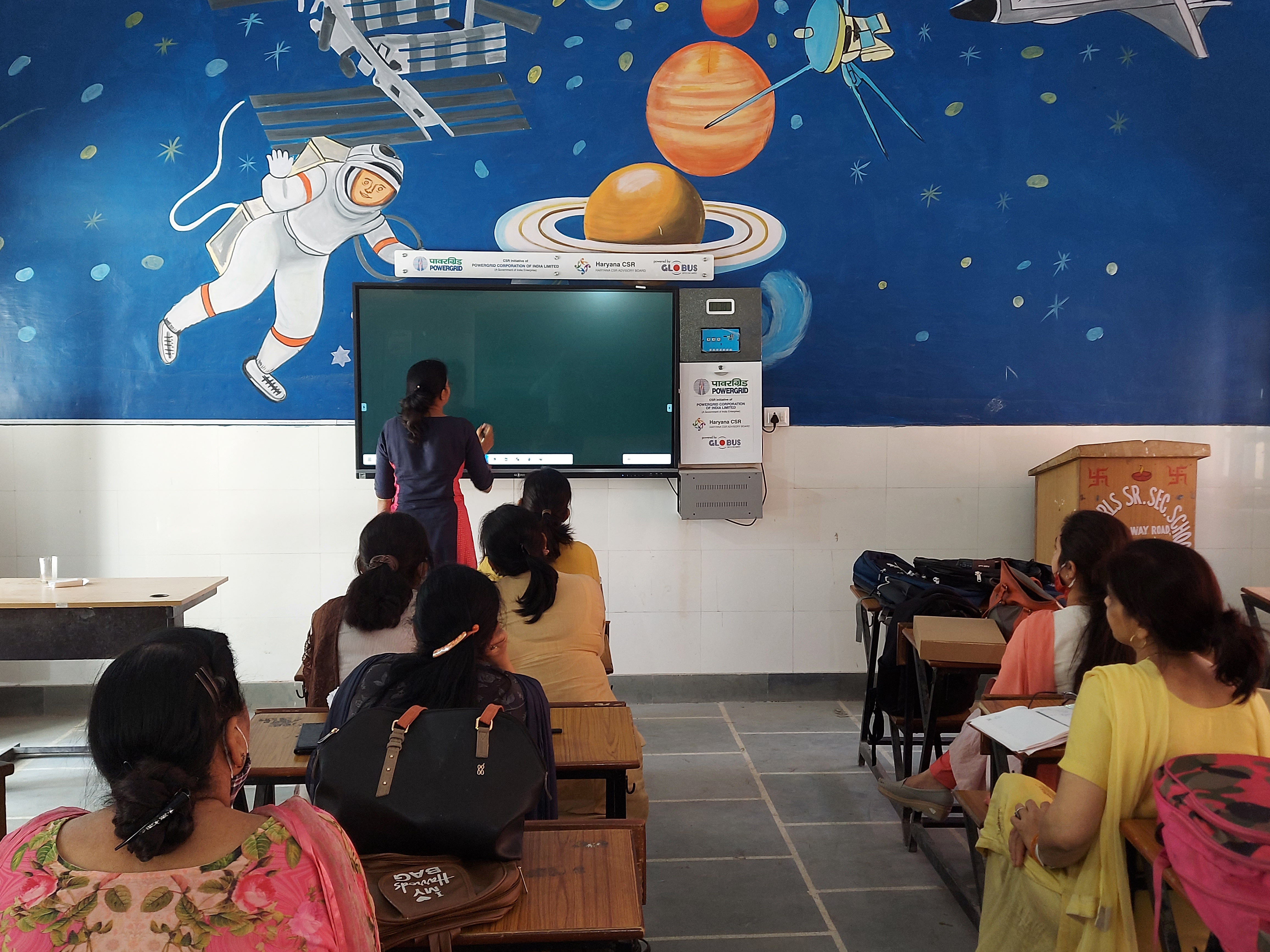
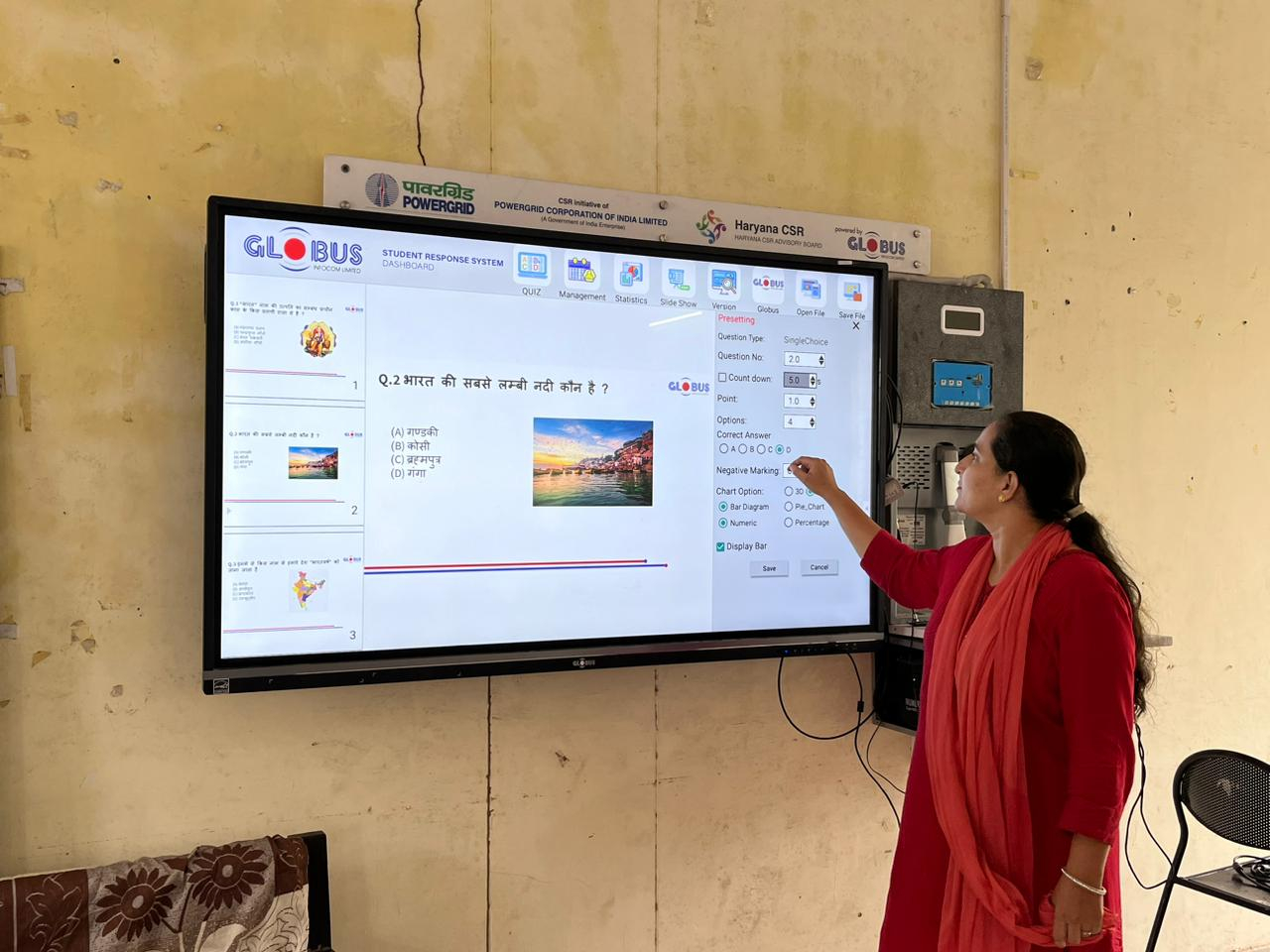
-
- Reviews
-
Default welcome msg!

